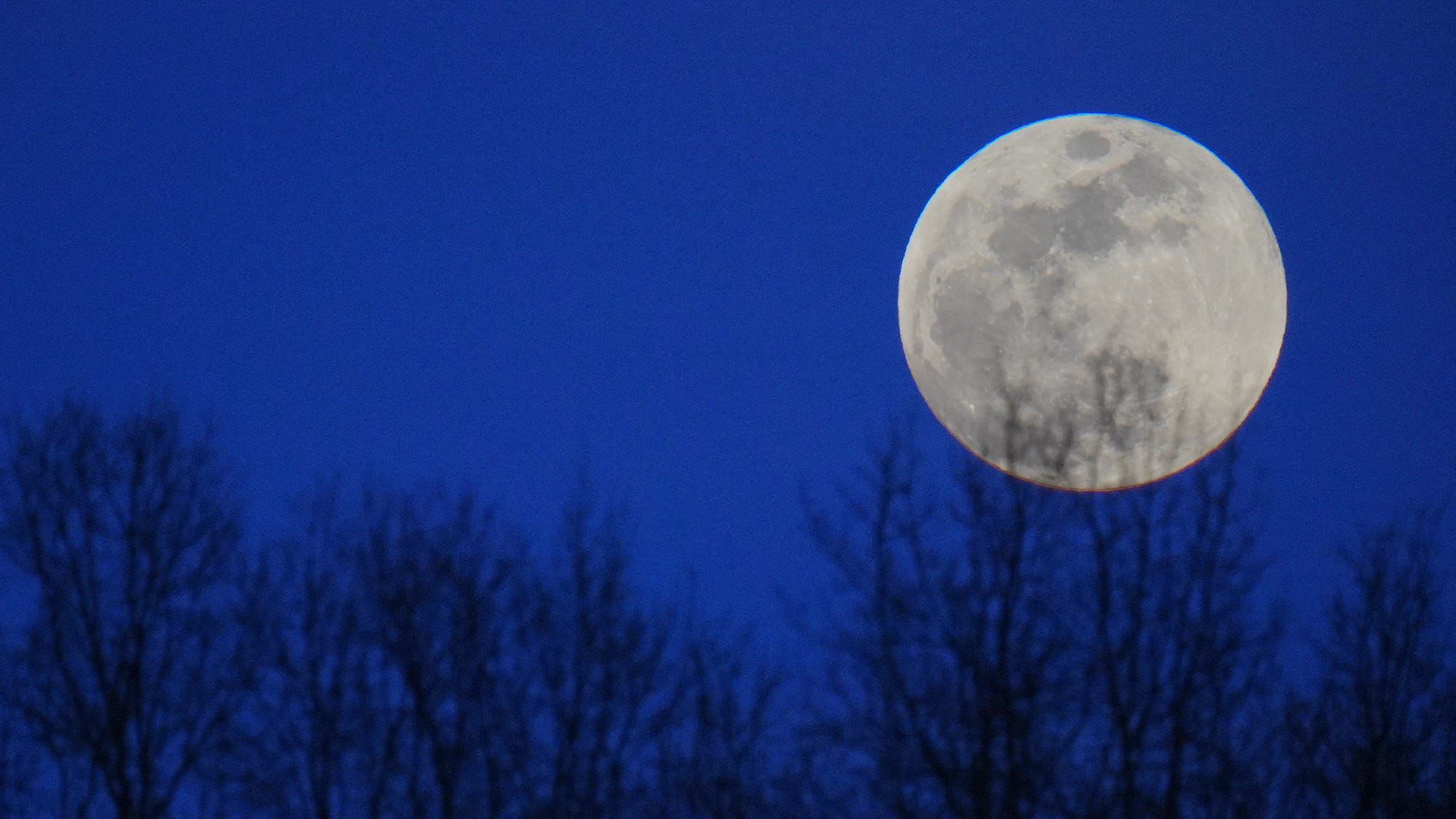Easter's Annual Shift: Explained by the Moon
Editor's Note: The date of Easter shifts annually, a phenomenon often confusing to many. This article explains the celestial mechanics behind this yearly change.
1. Why This Topic Matters:
Easter, a significant holiday for billions worldwide, doesn't fall on the same date each year. This variability stems from a fascinating interplay between the lunar calendar and the Gregorian calendar, a connection often overlooked. Understanding this connection provides a deeper appreciation for the holiday's rich history and tradition. This article will explore the astronomical reasons behind Easter's movable feast, clarifying the seemingly arbitrary date changes for those curious about its annual shift. We'll cover the key astronomical events and their impact on the date calculation.
2. Key Takeaways:
| Aspect | Explanation |
|---|---|
| Easter's Definition | First Sunday after the Paschal Full Moon |
| Paschal Full Moon | First full moon on or after the spring equinox |
| Spring Equinox | Around March 20th/21st, marking the astronomical beginning of spring |
| Gregorian Calendar | Our modern calendar, influencing the day of the week Easter falls on |
| Lunar Cycle's Impact | The moon's cycle dictates the date of the Paschal Full Moon, influencing Easter |
3. Main Content
Subheading 1: Easter's Moving Feast
Introduction: Easter isn't celebrated on a fixed date like Christmas. This moving feast is deeply rooted in the lunar calendar and its relationship with the spring equinox. Understanding this connection is key to comprehending why Easter's date shifts annually.
Key Aspects: The date of Easter hinges on two astronomical events: the spring equinox and the full moon following it. The spring equinox, marking the beginning of spring in the Northern Hemisphere, typically falls around March 20th or 21st. The Paschal Full Moon, which determines Easter, is the first full moon occurring on or after the spring equinox. Easter Sunday is then the first Sunday after the Paschal Full Moon.
Detailed Analysis: The Gregorian calendar, which we use today, is a solar calendar, based on the Earth's revolution around the sun. However, Easter’s calculation incorporates the lunar cycle, which is approximately 29.5 days long. This means the full moon doesn't occur on the same date each year, resulting in Easter's variable date. The interaction between the lunar cycle and the solar calendar's fixed dates creates the annual shift. The day of the week also plays a role; if the full moon falls on a Sunday, Easter is the following Sunday.
Subheading 2: Interactive Elements on Easter's Date Calculation
Introduction: Several online tools and calculators allow you to determine the date of Easter for any given year. These interactive elements demonstrate the complex calculation involved.
Facets: While these tools simplify the process, understanding the underlying astronomical events is crucial to appreciate the calculation's complexity. The potential for variation in the timing of the equinox and the lunar cycle highlights the intricate dance between celestial bodies that influences Easter's date.
Summary: The interactive elements provide a practical demonstration of the theoretical concepts, allowing users to experiment and understand the yearly fluctuations in Easter's date.
Subheading 3: Advanced Insights on Easter's Astronomical Significance
Introduction: The connection between Easter's date and astronomical events extends beyond a simple calculation. It highlights the historical significance of celestial observations in the development of calendars and religious practices.
Further Analysis: Early Christians likely connected the resurrection of Christ with the vernal equinox and the rebirth of nature, symbolic of new beginnings. The lunar cycle's influence reflects the integration of lunar calendars into early Christian practices.
Closing: The astronomical aspects of Easter's date highlight a rich history of cultural and religious observances, interwoven with precise astronomical calculations.
4. People Also Ask (NLP-Friendly Answers)
Q1: What is Easter? A: Easter is a Christian festival celebrating the resurrection of Jesus Christ. Its date varies annually.
Q2: Why is Easter important? A: Easter is a central holiday in Christianity, signifying hope, renewal, and faith.
Q3: How can Easter benefit me? A: Easter provides an opportunity for reflection, spiritual renewal, and connection with family and community.
Q4: What are the main challenges with understanding Easter's date? A: The interaction between the lunar and solar calendars can be complex and challenging to grasp for many.
Q5: How to get started with understanding Easter's date? A: Start by understanding the spring equinox and the Paschal Full Moon, and then learn how they relate to determining Easter Sunday.
5. Practical Tips for Understanding Easter's Annual Shift
Introduction: These simple tips will help you understand and predict Easter's annual shift.
Tips:
- Remember the spring equinox is around March 20th/21st.
- Locate an online Easter date calculator.
- Learn about the lunar cycle and its approximately 29.5-day length.
- Observe how the full moon's date influences Easter.
- Understand that Easter is always a Sunday.
Summary: By understanding these basic concepts, you can easily grasp the reasons behind Easter's variable date.
Transition: Now that you understand the celestial mechanics, you can better appreciate the intricate traditions surrounding this important holiday.
6. Summary:
Easter's annually shifting date is a result of the interplay between the lunar calendar and the Gregorian calendar. The first full moon after the spring equinox determines the date of the Paschal Full Moon, with Easter Sunday being the first Sunday after that full moon. This astronomical connection provides a deeper understanding of the holiday's rich history and traditions.
7. Call to Action (CTA):
Ready to explore more fascinating celestial events? Subscribe to our newsletter for more insights into the science behind holidays!

